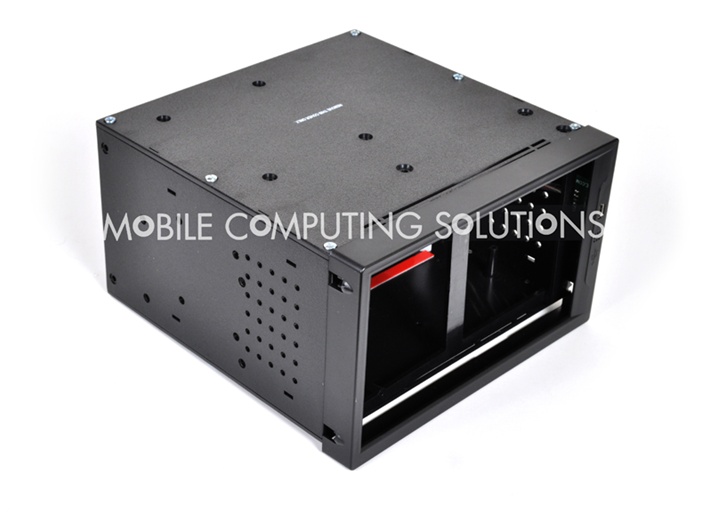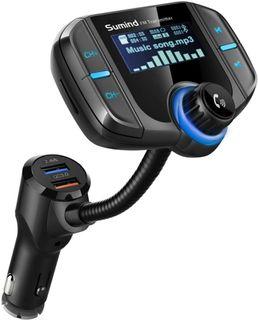
USB serial gadget. This gadget allows your devices act as a serial port device. The gadget serial driver talks over USB to either a CDC ACM driver or a generic USB serial driver running on a host PC. This guide demonstrates a way to use the gadget driver as a poor man's serial port debugging tool. When you link this gadget driver early, perhaps even statically, you may want to set up an /etc/inittab entry to run “getty” on it. The /dev/ttyGS0 line should work like most any other serial port. If gadget serial is loaded as an ACM device you will want to use either the Windows or Linux ACM driver on the host side. Device status;Windows has stopped this device because it has reported problems. (Code 43).plz help.i cannot do my works related to usb.it also has keyboard problem some keys and numbers don't work. Location Port#0001.Hub#0003 and Port#0002.Hub#0003. In fact, at the time of this writing (Linux 2.6.23) the only drivers which do support it are the hub driver, kaweth, asix, usblp, usblcd, and usb-skeleton (which doesn’t count). If a non-supporting driver is bound to a device, the device won’t be autosuspended. In effect, the kernel pretends the device is never idle.
-->Device Drivers - Sound Card support - Advanced Linux Sound Architecture - Sequencer support Loading the driver. Load the midi gadget driver with: modprobe gmidi. If it responds with a 'device or resource busy' message, then you probably already have an ALSA sound card registered with index 0.
Drivers Mjs Gadgets Port Devices Online
To control a peripheral device that is connected to a port on a serial controller, a client application or peripheral device driver sends I/O requests to the port. A client uses IRP_MJ_WRITE and IRP_MJ_READ requests to transmit data to and receive data from a serial port. In addition, Windows defines a set of serial I/O control requests (IOCTLs) that a client can use to configure a serial port.

Drivers Mjs Gadgets Port Devices List
The serial IRP_MJ_XXX requests and serial IOCTLs together form a serial I/O request interface that is supported across a range of serial controller devices. This interface is supported by the Serial.sys driver, and by the combination of SerCx2 or SerCx and an extension-based serial controller driver.
SerCx2, SerCx, and Serial.sys support many of the same serial IOCTLs. However, SerCx2, SerCx, and Serial.sys support different subsets of the IOCTLs specified in Serial Device Control Requests. The following table summarizes the subsets of IOCTLs that are supported by SerCx2, SerCx, and Serial.sys. A Yes entry in the table indicates that the serial framework extension or driver supports the corresponding IOCTL, and a No entry indicates that it does not.
| Serial IOCTL | SerCx2 | SerCx | Serial.sys |
|---|---|---|---|
Yes | Yes | No | |
No | Yes | Yes | |
See note 1. | Yes | Yes | |
Yes | Yes | Yes | |
No | No | Yes | |
Yes | Yes | Yes | |
See note 2. | Yes | Yes | |
Yes | Yes | Yes | |
Yes | Yes | Yes | |
See note 1. | Yes | Yes | |
Yes | Yes | Yes | |
IOCTL_SERIAL_GET_MODEM_CONTROL](/windows-hardware/drivers/ddi/ntddser/ni-ntddser-ioctl_serial_get_modem_control)'>IOCTL_SERIAL_GET_MODEM_CONTROL (See note 4.) | Yes | Yes | Yes |
No | Yes | Yes | |
Yes | Yes | Yes | |
No | Yes | Yes | |
Yes | Yes | Yes | |
Yes | Yes | Yes | |
No | Yes | Yes | |
No | Yes | Yes | |
Yes | Yes | Yes | |
IOCTL_SERIAL_RESET_DEVICE](/windows-hardware/drivers/ddi/ntddser/ni-ntddser-ioctl_serial_reset_device)'>IOCTL_SERIAL_RESET_DEVICE (See note 5.) | No | No | Yes |
Yes | Yes | Yes | |
Yes | Yes | Yes | |
Yes | Yes | Yes | |
See note 2. | Yes | Yes | |
See note 1. | Yes | Yes | |
See note 1. | Yes | Yes | |
IOCTL_SERIAL_SET_HANDFLOW](/windows-hardware/drivers/ddi/ntddser/ni-ntddser-ioctl_serial_set_handflow)'>IOCTL_SERIAL_SET_HANDFLOW (See note 3.) | Yes | Yes | Yes |
Yes | Yes | Yes | |
IOCTL_SERIAL_SET_MODEM_CONTROL](/windows-hardware/drivers/ddi/ntddser/ni-ntddser-ioctl_serial_set_modem_control)'>IOCTL_SERIAL_SET_MODEM_CONTROL (See note 4.) | Yes | Yes | Yes |
Yes | Yes | Yes | |
Yes | Yes | Yes | |
Yes | Yes | Yes | |
Yes | Yes | Yes | |
No | Yes | Yes | |
No | Yes | Yes | |
Yes | Yes | Yes | |
No | Yes | Yes |

Notes
SerCx2 may or may not support this IOCTL depending on the implementation of the serial controller driver and the capabilities of the serial controller hardware.
SerCx2 does not support special characters. SerCx2 always completes an IOCTL_SERIAL_SET_CHARS request with a STATUS_SUCCESS status code, but does not set any special characters or perform any other operation in response to this request. For an IOCTL_SERIAL_GET_CHARS request, SerCx2 sets all the character values in the SERIAL_CHARS structure to null, and completes the request with a STATUS_SUCCESS status code.
SerCx2 and SerCx support only subsets of the flags defined for the FlowReplace and ControlHandShake members of the SERIAL_HANDFLOW structure. Serial.sys supports all of these flags. For more information, see SERIAL_HANDFLOW.
The IOCTL_SERIAL_GET_MODEM_CONTROL and IOCTL_SERIAL_SET_MODEM_CONTROL requests are used primarily for hardware testing. No standard register layout is defined for the modem control operations. Peripheral drivers that use modem control IOCTLs risk making themselves dependent on the hardware features of a particular serial controller.
The Serial.sys driver always completes an IOCTL_SERIAL_RESET_DEVICE request with STATUS_SUCCESS, but performs no operation in response to this request. SerCx2 and SerCx do not support IOCTL_SERIAL_RESET_DEVICE requests and always complete these requests with STATUS_NOT_IMPLEMENTED.
For more information about IOCTL_SERIAL_XXX requests and read and write requests for serial controllers, see the ntddser.h header.
